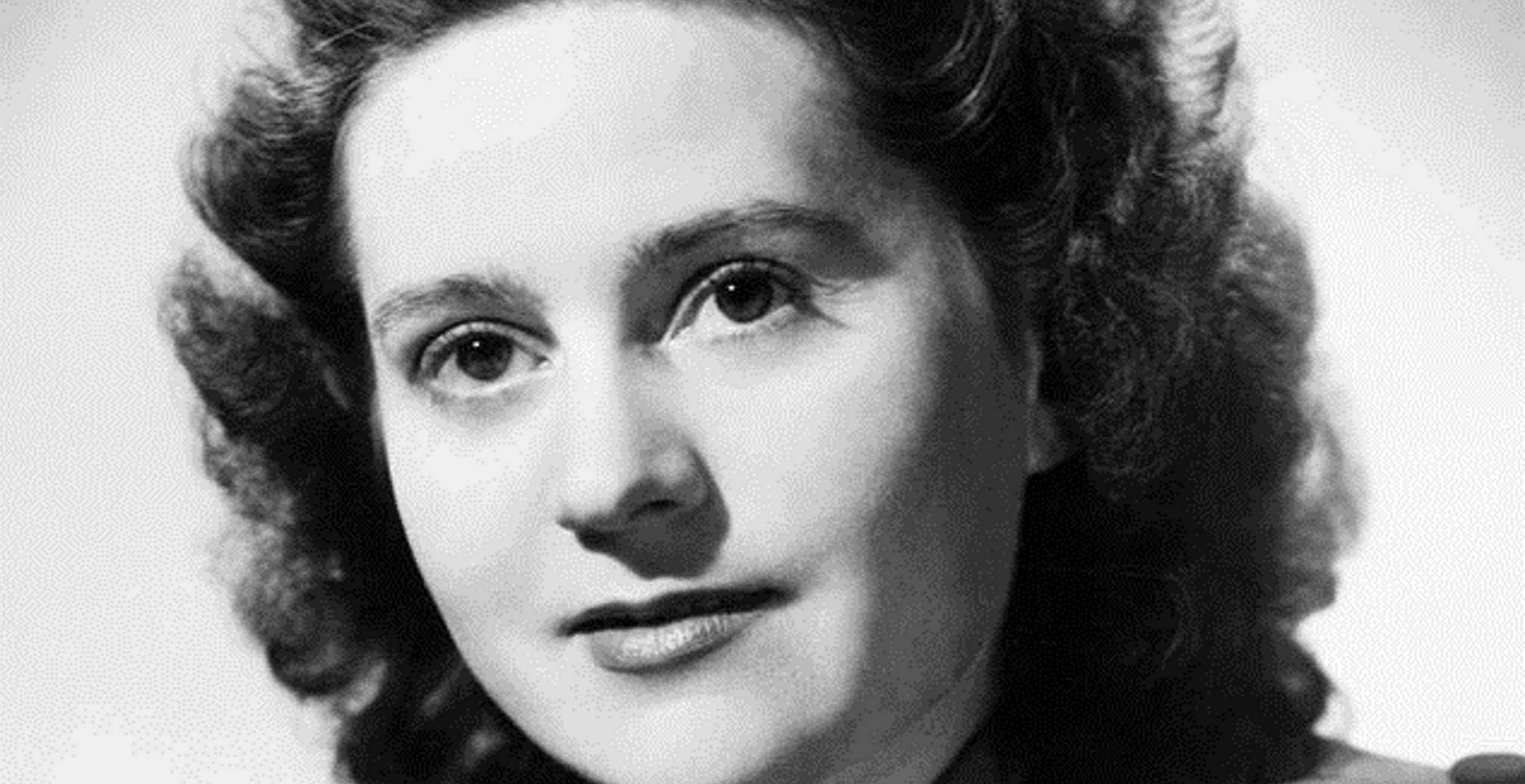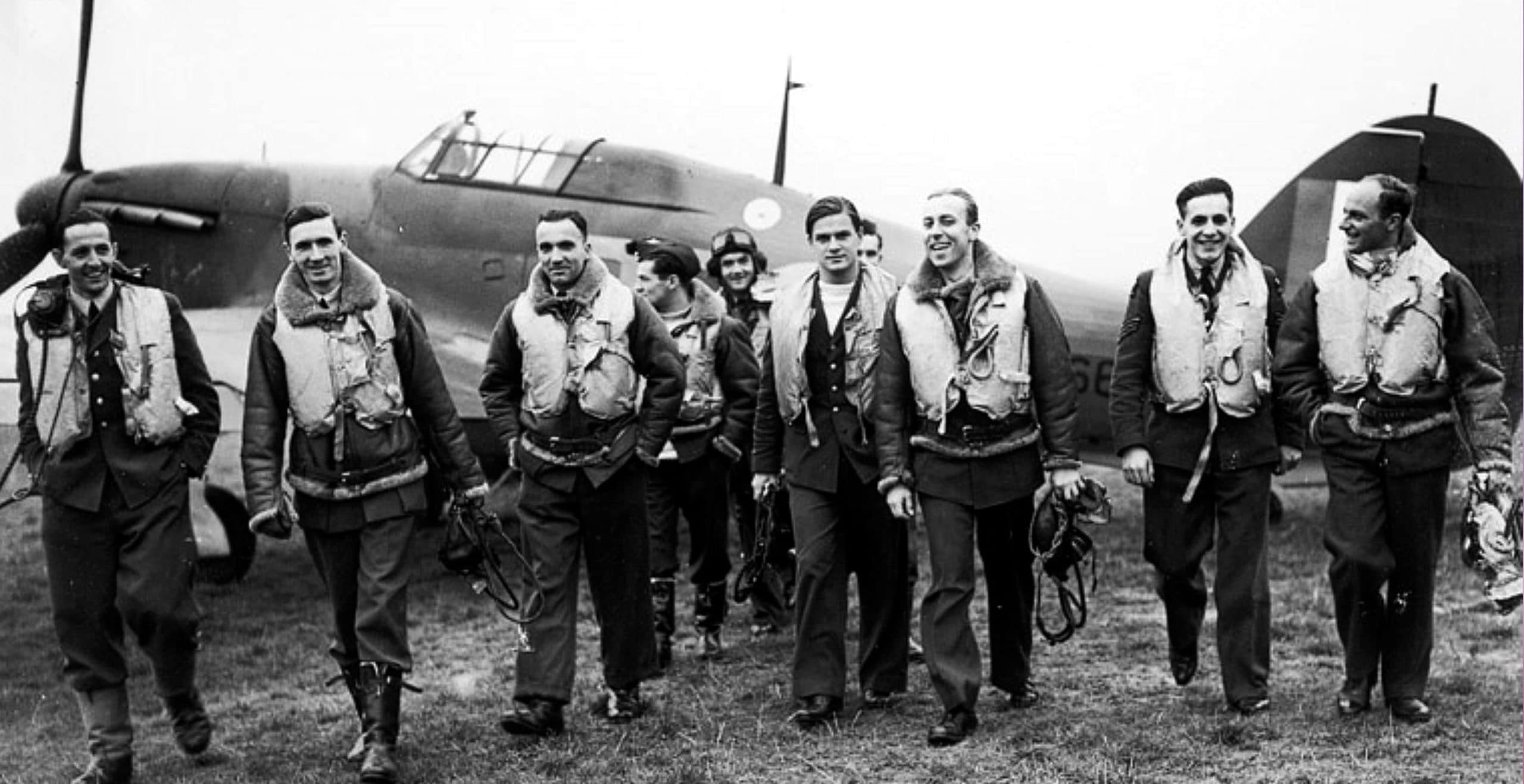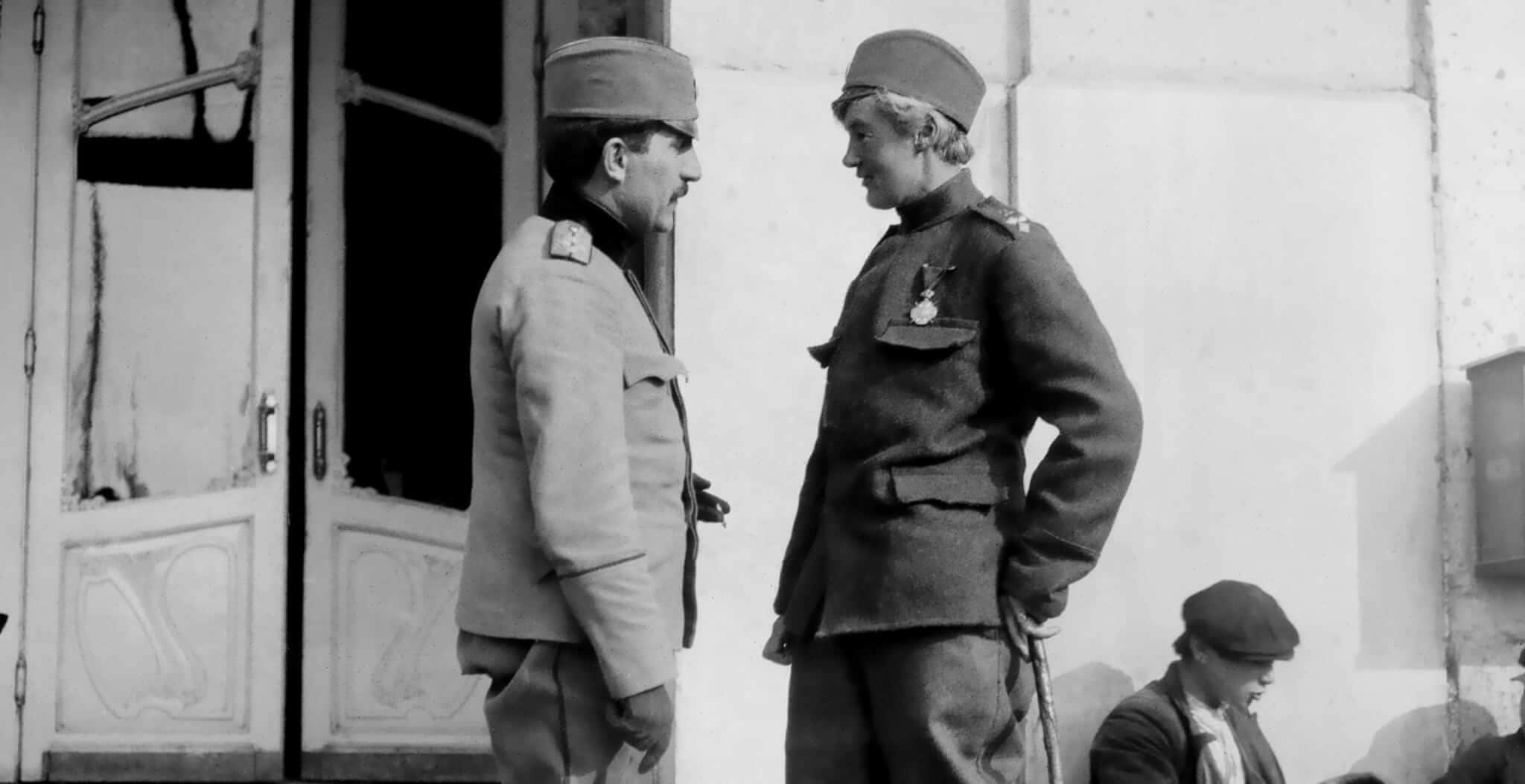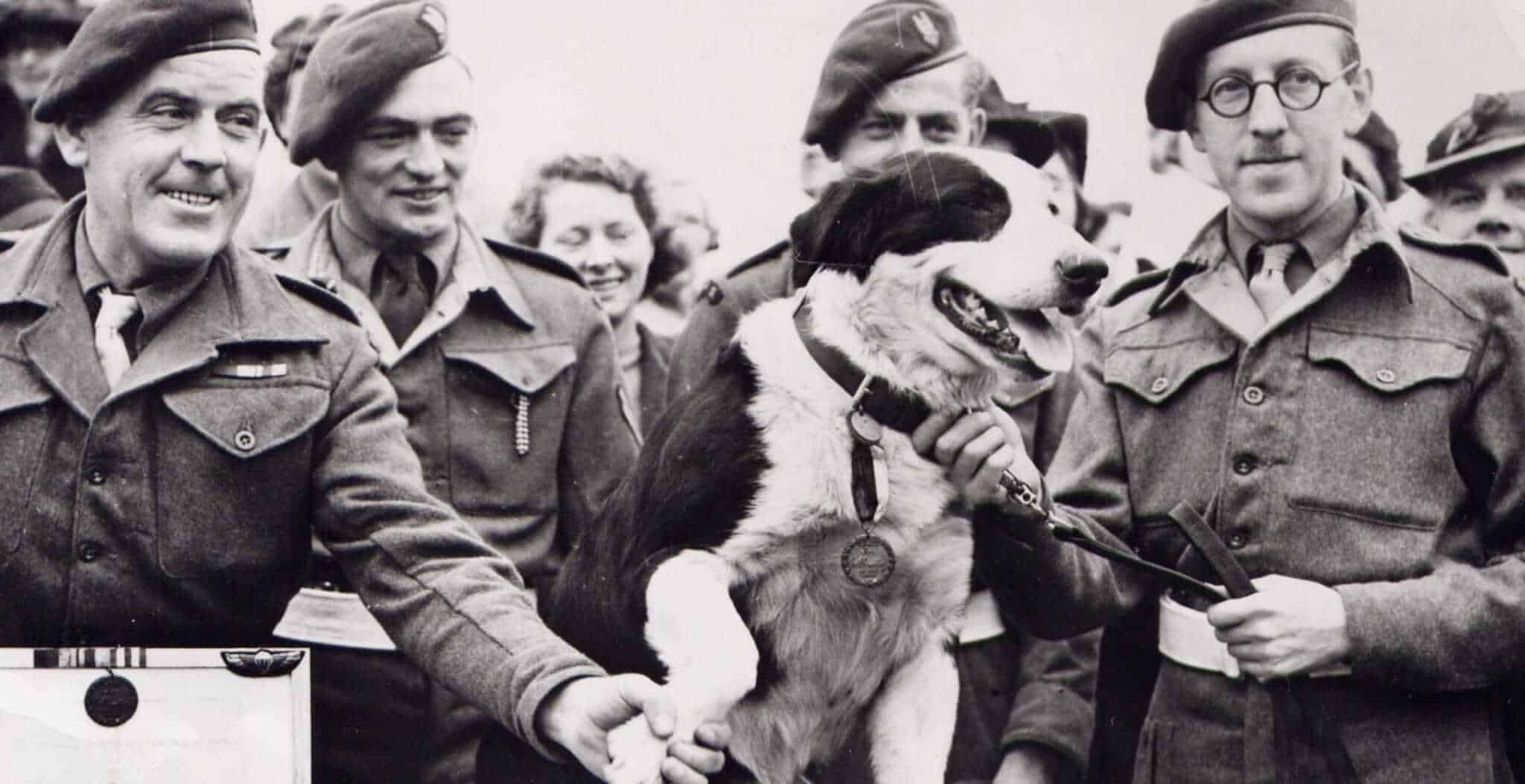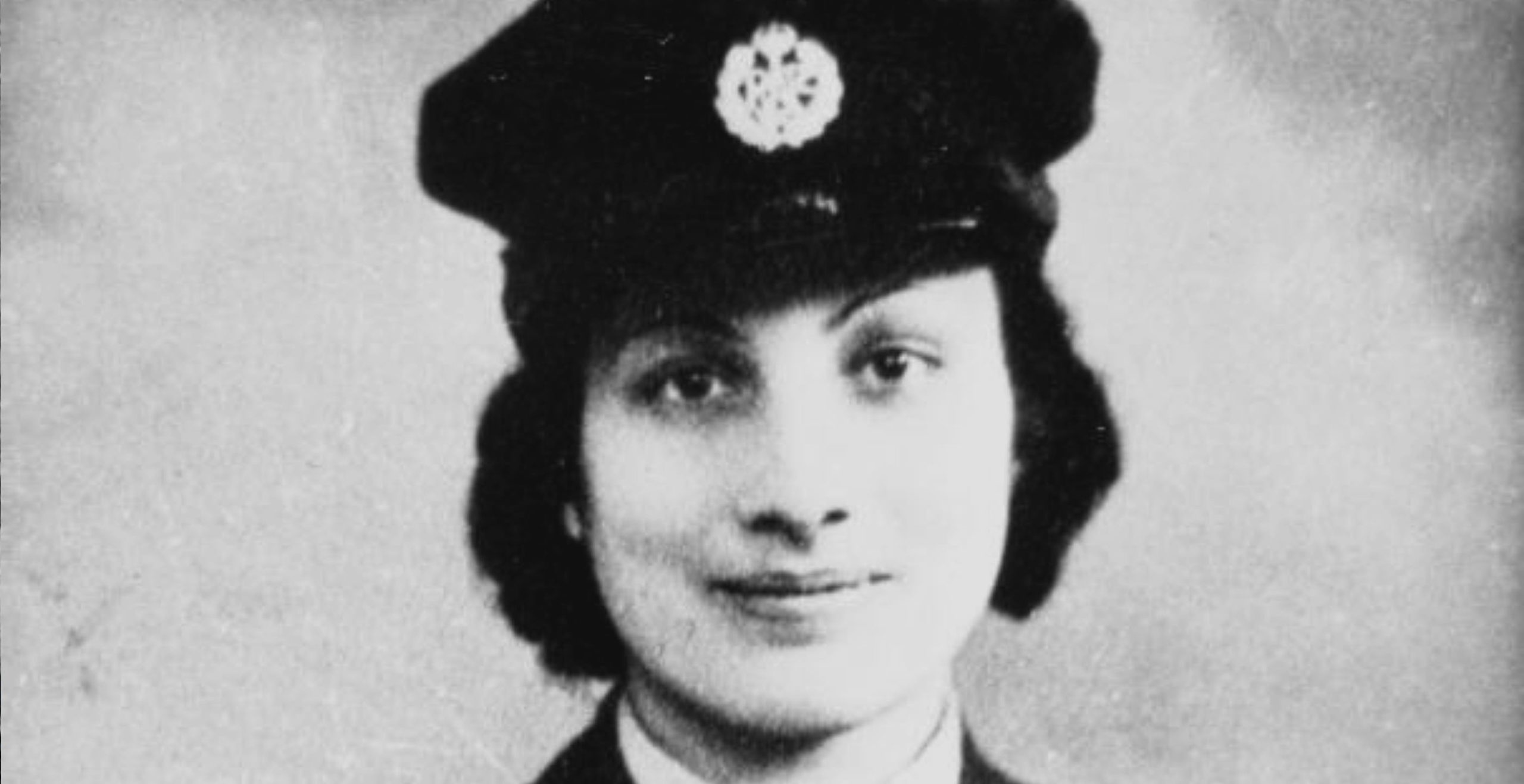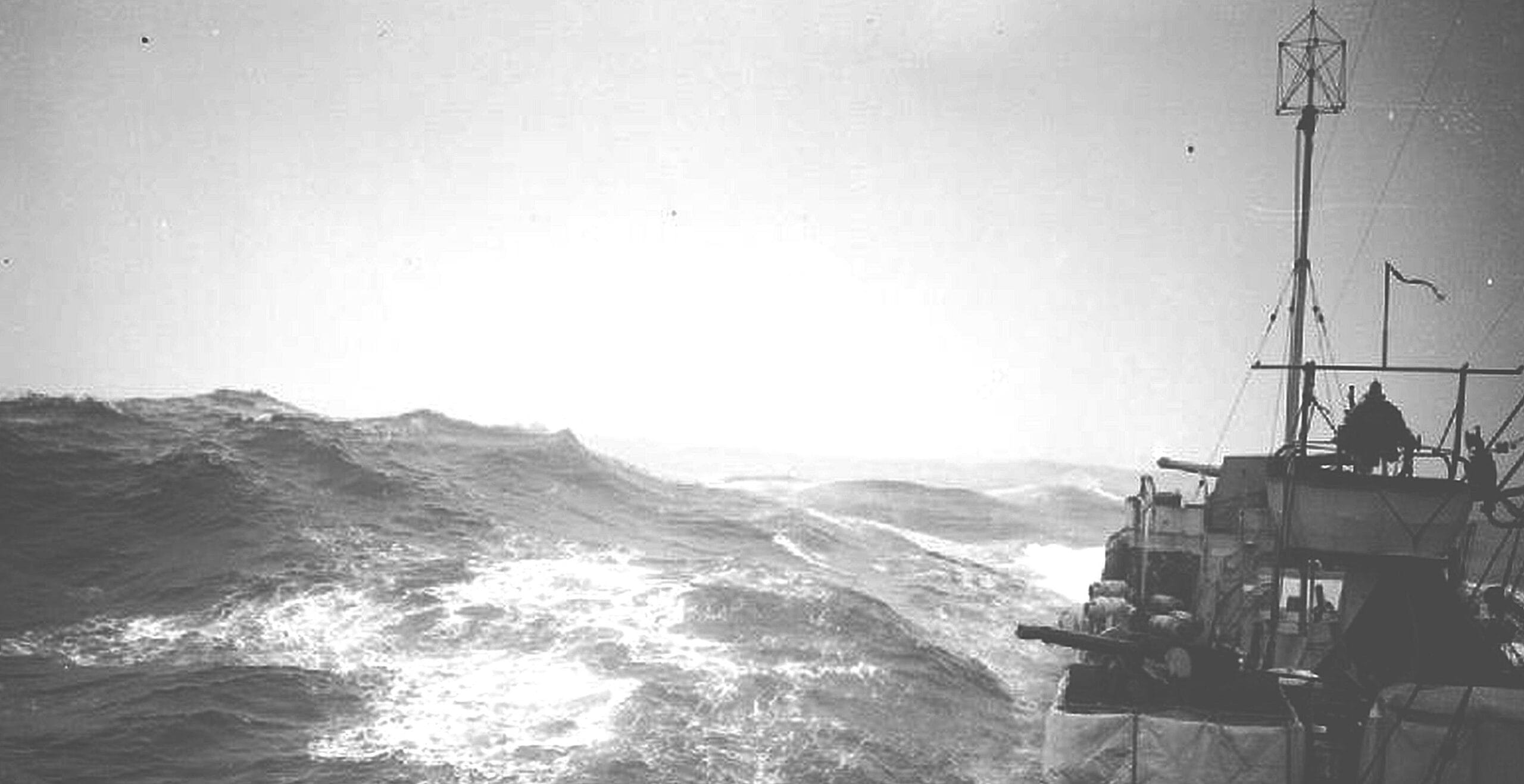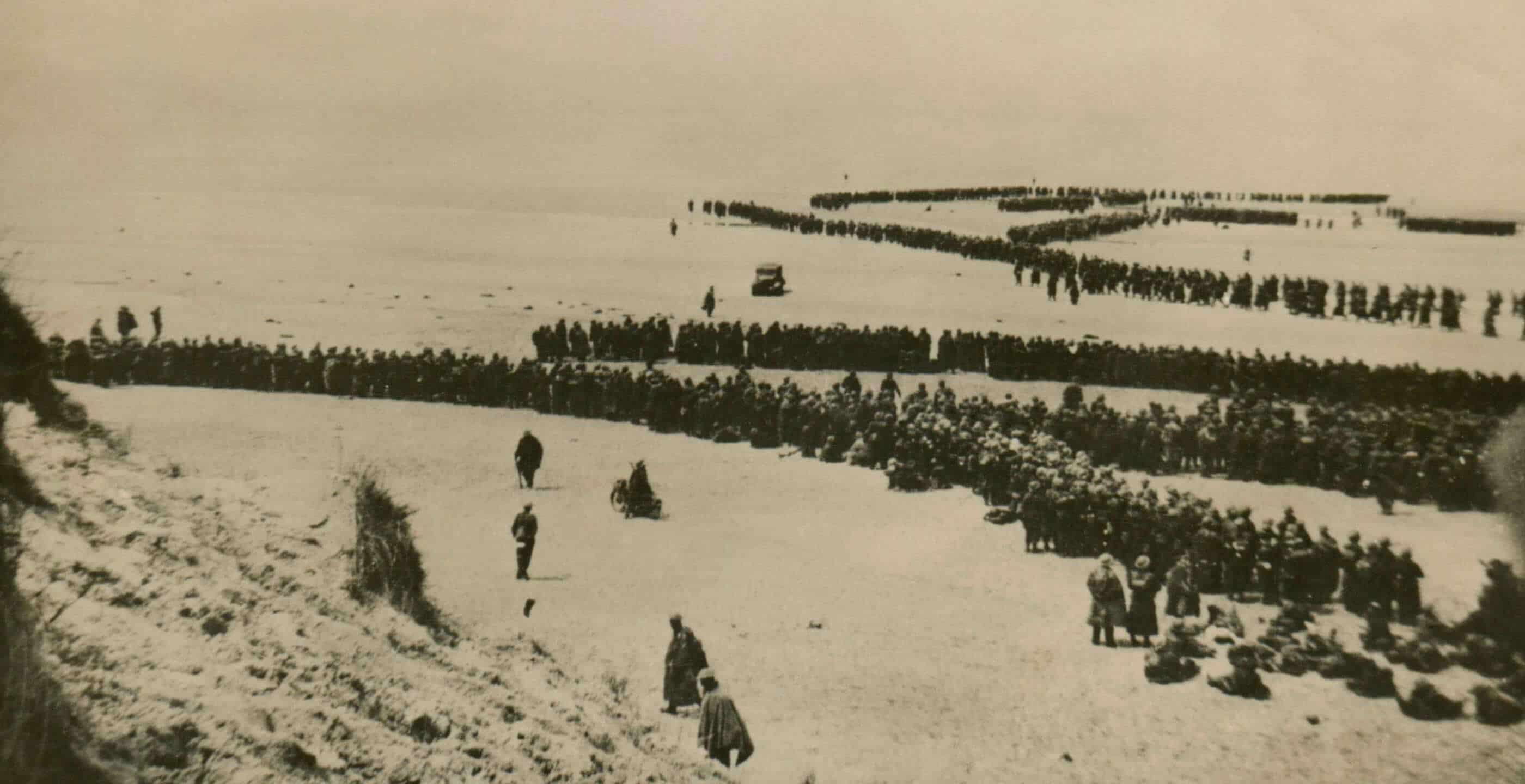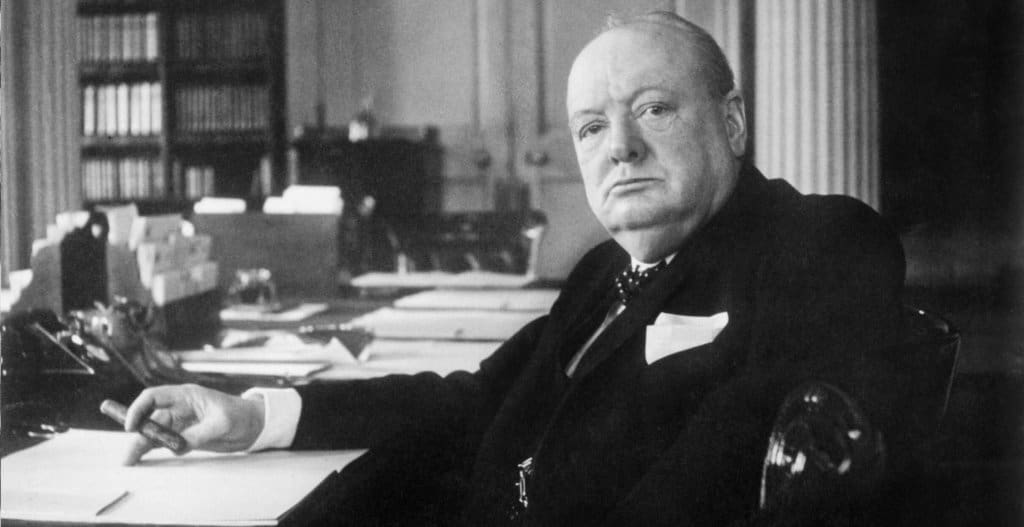After France signed an armistice with Germany in June 1940, Great Britain feared the shadow of Nazism would continue to fall over Europe. Dedicated to keeping the French people fighting, Prime Minister Winston Churchill pledged the United Kingdom’s support to the resistance movement. Charged with “set(ting) Europe ablaze,” the Special Operations Executive, or SOE, was born.
Headquartered at 64 Baker Street in London, the SOE’s official purpose was to put British special agents on the ground to “coordinate, inspire, control and assist the nationals of the oppressed countries.” Minister of Economic Warfare Hugh Dalton borrowed irregular warfare tactics used by the Irish Republican Army two decades before. The “Baker Street Irregulars,” as they came to be known, were trained in sabotage, small arms, radio and telegraph communication and unarmed combat. SOE agents were also required to be fluent in the language of the nation in which they would be inserted so they could fit into the society seamlessly. If their presence aroused undue suspicion, their missions could well be over before they even began.
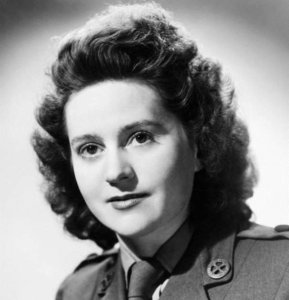 Odette Sansom Hallowes, interrogated and tortured by the Gestapo and imprisoned in Ravensbruck concentration camp. The 1950 film ‘Odette’ is based on her war exploits.
Odette Sansom Hallowes, interrogated and tortured by the Gestapo and imprisoned in Ravensbruck concentration camp. The 1950 film ‘Odette’ is based on her war exploits.
Extensive training in resisting interrogation and how to evade capture underscored the gravity of their missions. Fear of the Gestapo was real and well-founded. Some agents hid suicide pills in their coat buttons in case they could not escape. They knew it was unlikely they would see their homes in the British Commonwealth again, but accepted the risk.
Irregular missions required irregular materiel. The SOE Operations and Research section developed unique devices for agents to use in sabotage and close-range combat. Their inventions, including an exploding pen and weapons hidden in everyday objects like umbrellas and pipes, would even inspire Ian Fleming’s James Bond novels. Operations and Research also developed a foldable bike called the Welbike, but it was unreliable on rough terrain. Most of the groups’ inventions, like waterproof containers that protected agents’ supplies during parachute jumps, were more practical.
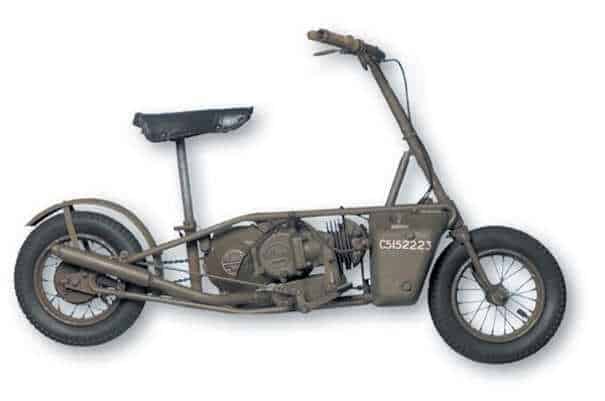
Portable communication devices were of utmost importance as radio and telegraph communication ensured the French resistance (and SOE agents) were not cut off from the outside world. Radio operators had to stay mobile, often carrying their radio equipment on their backs as they moved from safe house to safe house. Their survival depended on their ability to transmit messages rapidly and move quickly.
Along with irregular tactics and unusual materiel, the British government knew an irregular war required irregular warriors. Women proved to be invaluable as couriers, spies, saboteurs and radio operators in the field. Though female agents received the same training as the men, some balked at the idea of sending women behind enemy lines. They grudgingly agreed female spies would have distinct advantages over the men on the ground. Women could travel freely because they were not expected to work during the day. Gender stereotypes also helped keep the women above suspicion. After all, who could possibly imagine a woman could be a viable combatant in war?
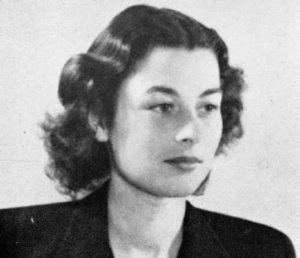 Violette Szabo, executed at Ravensbrück concentration camp, 1945. ‘Carve Her Name With Pride’ (1958), is a largely accurate portrayal of Szabo’s wartime life, after the book of the same name.
Violette Szabo, executed at Ravensbrück concentration camp, 1945. ‘Carve Her Name With Pride’ (1958), is a largely accurate portrayal of Szabo’s wartime life, after the book of the same name.
Women were more than viable, however: they were critical to SOE mission success. Though they would later be honored for their “conspicuous courage,” the female spies of the SOE were successful because they learned to be inconspicuous. They took on secret identities, went on secret missions and were trusted with their nation’s greatest secrets. Thirty-nine of the 470 SOE agents in France were women, with an additional sixteen deployed to other areas.
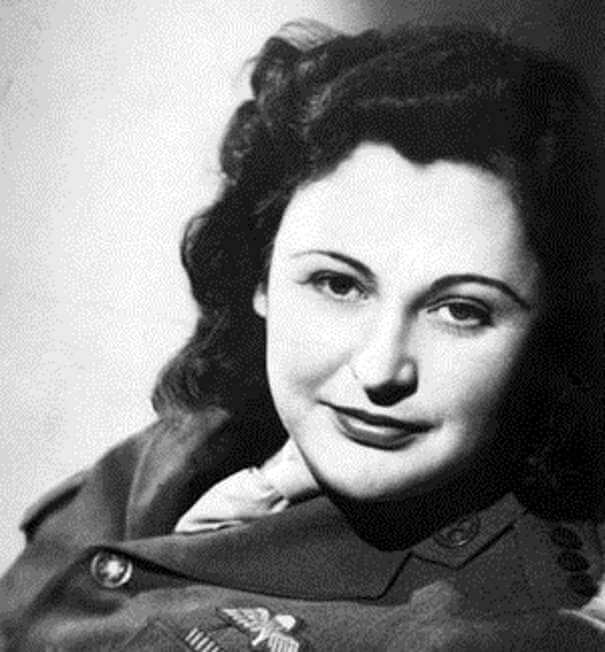
The Gestapo gave Nancy Grace August Wake the nickname “the white mouse” because of her uncanny ability to evade capture. When she learned one of the resistance groups no longer had a radio for communication, she rode almost 300 kilometers on a bicycle to make radio contact with the SOE headquarters and arrange for an equipment drop. Despite many close calls, Wake survived the war. First Aid Nursing Yeomanry (FANY) member Odette Hallowes also cheated death. Embedded with the resistance in Cannes, Hallowes was captured and sent to the Ravensbrück concentration camp. She survived two years in prison, often in solitary confinement, before the camp was liberated by the Allied forces.
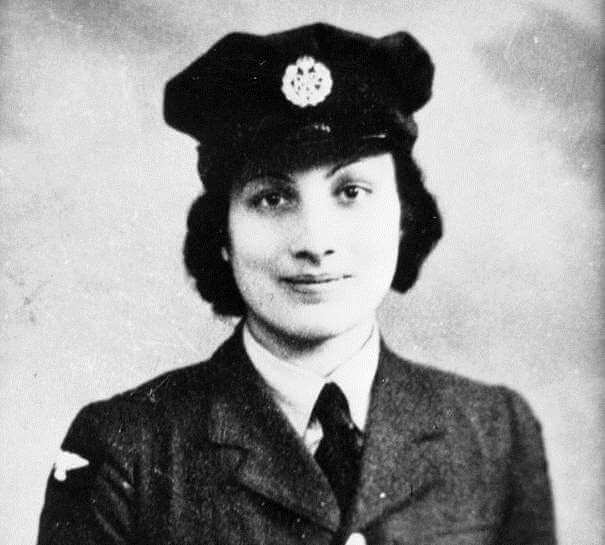
Other women were not so fortunate. Noor Inayat Khan, code name Madeleine, was a radio operator in France. After her entire team was ambushed and arrested, she was betrayed to the Gestapo by a French national hoping for a large reward. Khan did not break during interrogation and attempted escape from her captors several times. Sent to Dachau in September 1944, she was executed upon arrival. Violette Szabo, an agent inserted into Limoges, faced a similar fate at Ravensbrück. She was 23 years old.
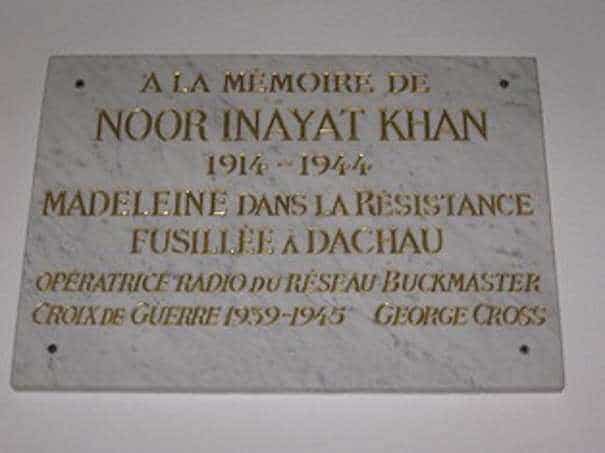
The stories of the SOE’s “irregular” women transcend male and female: they are human stories of daring, courage, and sacrifice. Sansom, followed by Szabo and Khan posthumously, were the first women to be awarded the George Cross, Britain’s highest bravery award for civilians and equivalent to the Victoria Cross for the Armed Forces; others such as Wake got the next-ranked George Medal. Although fighting, they were not in the Armed Forces because the women’s corps were not allowed in combat: they had to join the volunteer FANY (still existing), the uniform you see in Sansom’s and Wake’s pictures.” The number of medals awarded posthumously is testament to the dangers SOE agents willingly accepted as the cost of protecting freedom. Their names are not common, but neither was their courage or accomplishments. The men and women of the Special Operations Executive dedicated their lives to helping Europe escape Hitler’s shadow.
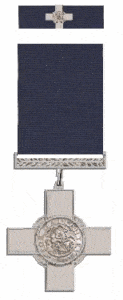 The George Cross
The George Cross
By Kate Murphy Schaefer. Kate Murphy Schaefer holds a MA in History with a Military History concentration for Southern New Hampshire University. She is also the author of a woman’s history blog, www.fragilelikeabomb.com. She lives outside Richmond, Virginia with her wonderful husband and spunky beagle-mix.
